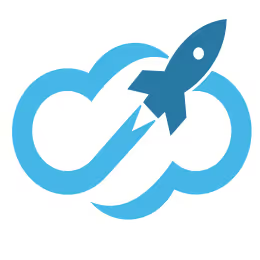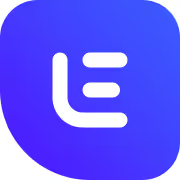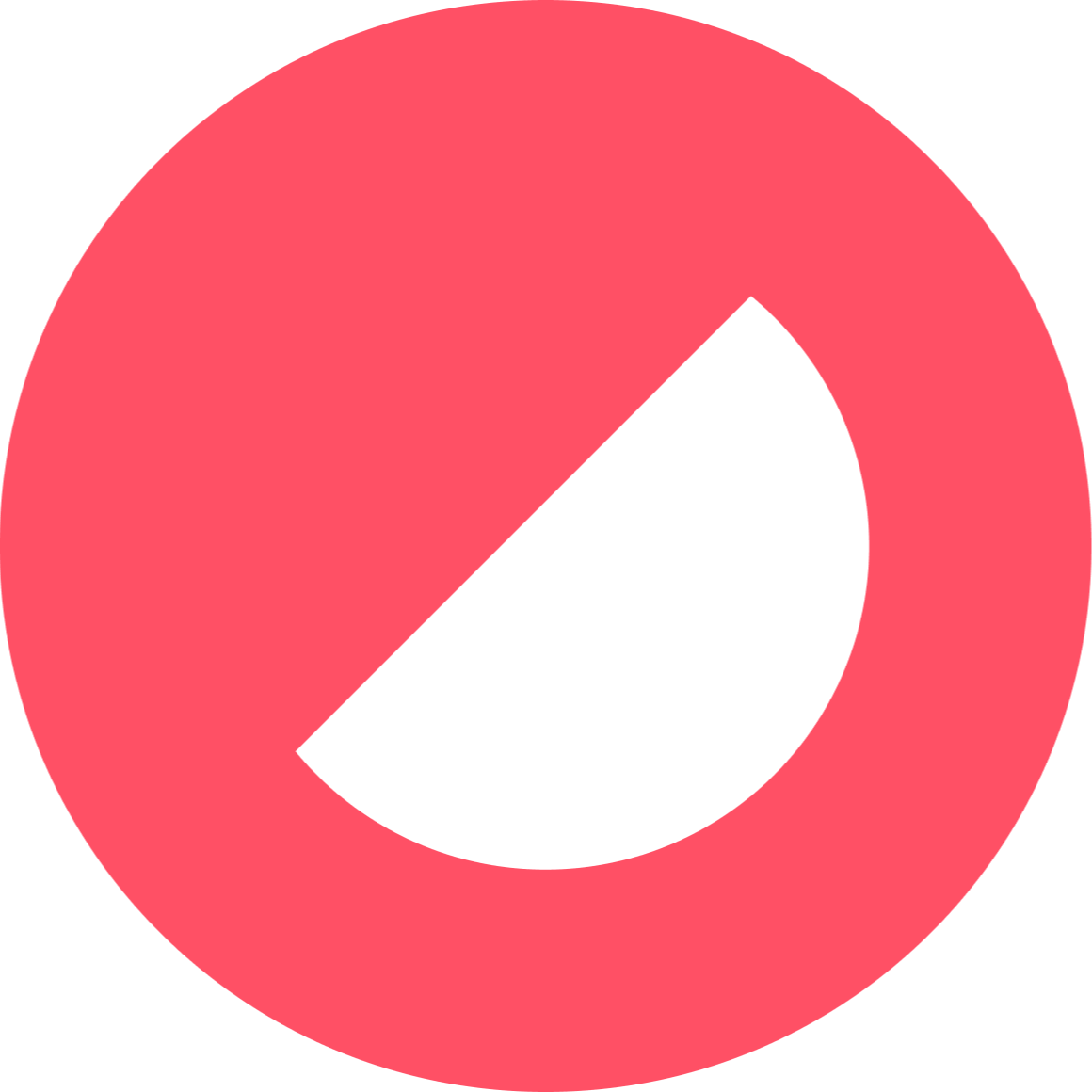What is network growth/engagement?
Network growth/engagement refers to tools and strategies that help increase your audience and keep them actively involved.
What can network growth/engagement do?
They help you attract new contacts, boost interaction, and strengthen relationships with your existing network.
How does network growth/engagement work?
These tools track activity, automate outreach, and analyze engagement to maximize your network's size and activity.
Is network growth/engagement easy to set up?
Yes, most tools offer simple integrations and setup guides to get you started quickly.
Is network growth/engagement free?
Some basic features are free, but advanced options usually require paid plans.
What is the common network growth/engagement pricing?
Pricing often ranges from $10 to $100+ per month depending on features and user limits.
What are the types of network growth/engagement?
Types include referral programs, social media engagement tools, email automation, and analytics platforms.
Does network growth/engagement work with email?
Yes, many tools integrate with email to automate campaigns and track responses.
What are the best network growth/engagement tools?
Popular tools include HubSpot, Mailchimp, Hootsuite, and ReferralCandy for different growth needs.
What are common network growth/engagement integrations?
Common integrations are with CRM systems, social media platforms, email services, and analytics software.



















